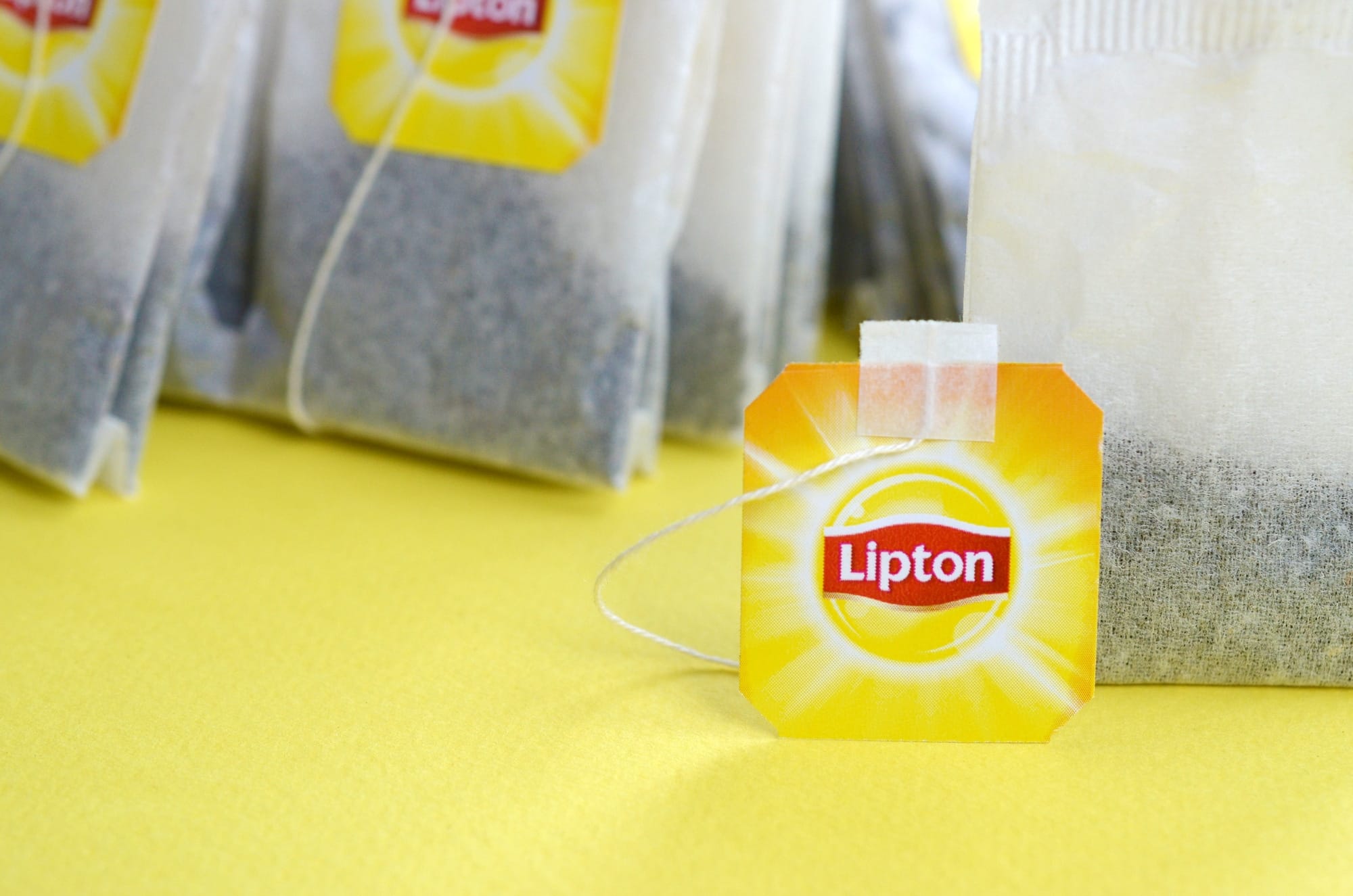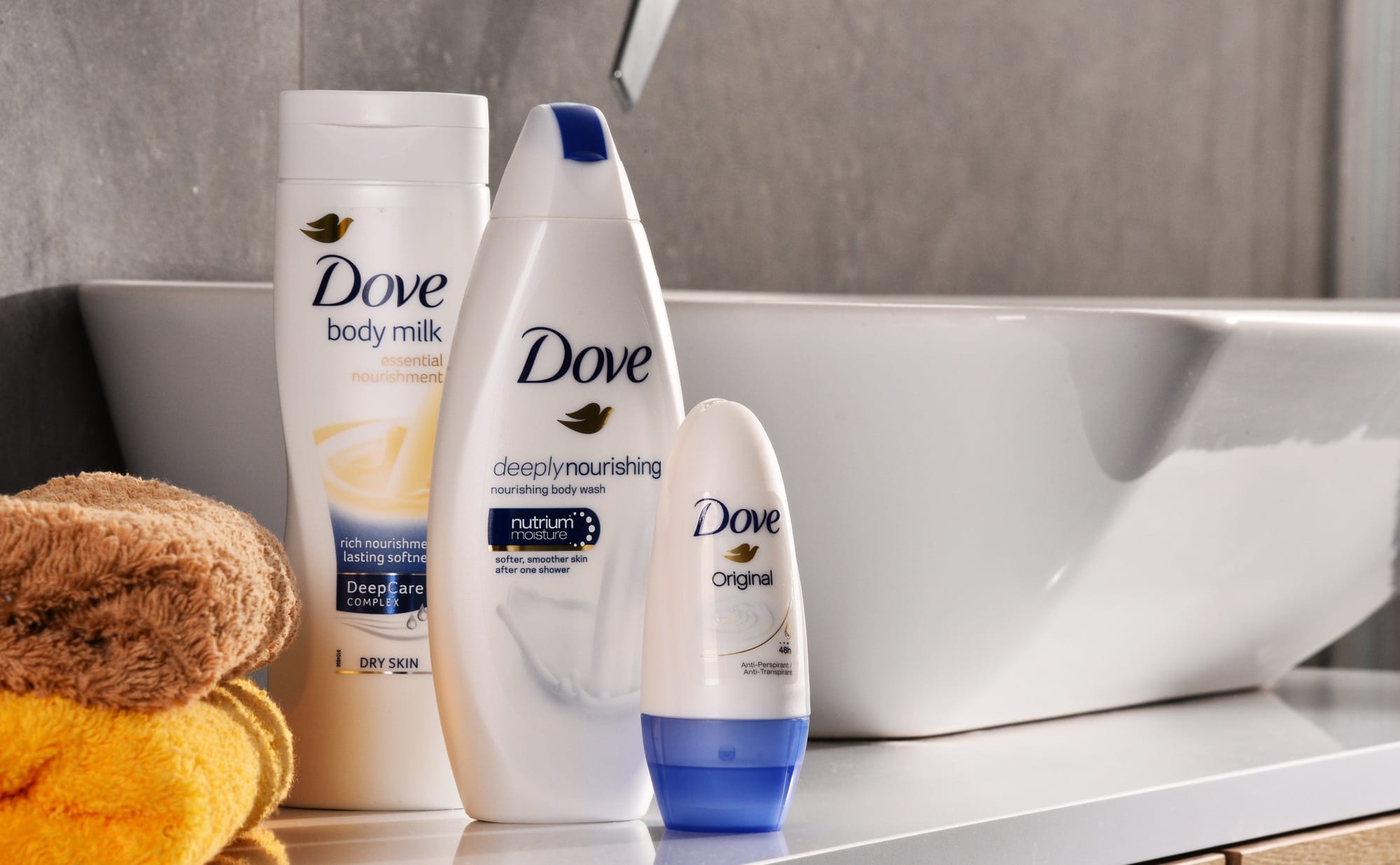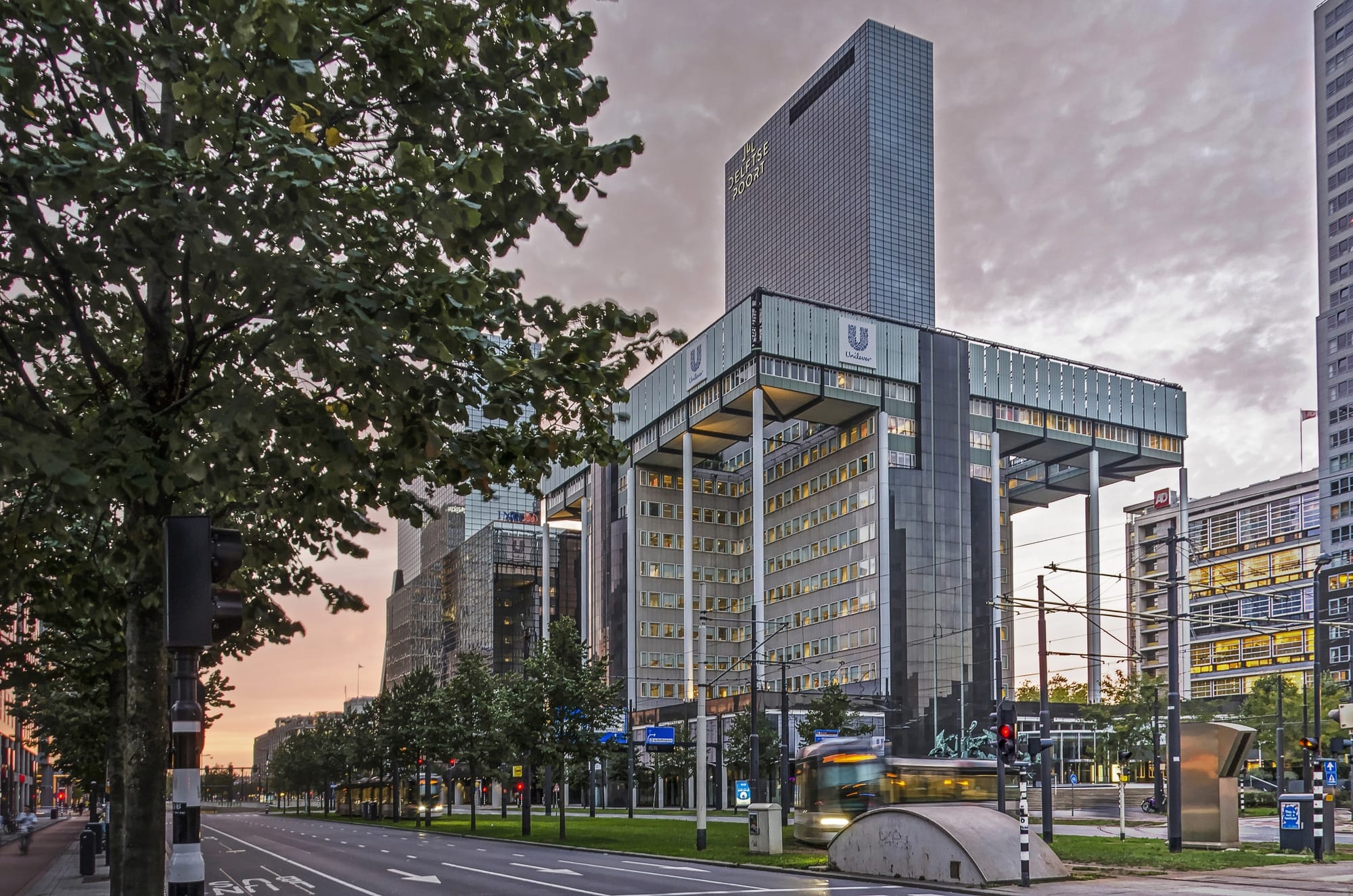The pandemic altered consumer behavior dramatically. How is Unilever responding to the change? Read our Unilever SWOT analysis to know more.
Unilever is a giant in the consumer goods sector. Despite the pandemic, the company generated 51 billion euros (approx. 61.38 billion US dollars) in revenue in 2020. However, the pandemic altered consumer behavior dramatically - and perhaps permanently.
How is Unilever responding to the change? Read our Unilever SWOT analysis to know more.
In this article, we’ll examine the following:
- Strength: Unilever’s strengths are aspects that help keep Unilever maintain its prominence in the consumer goods industry.
- Weakness: Unilever’s weaknesses are aspects that need improvement, which if not addressed would erode the company’s position.
- Opportunity: Unilever’s opportunities are trends in the business environment that could expand its reach or consolidate its position.
- Threat: Unilever’s threats are trends in the business scenario that may block the business’s growth.
But before we proceed, let’s discuss an important distinction. Strengths and weaknesses are aspects over which Unilever has total control. However, opportunities and threats are existing or emerging trends Unilever can’t influence directly.
For example:
Unilever has little to no control over consumer behavior. However, the way Unilever responds to the change in consumer behavior is under its control.
If the change in consumer behavior promotes Unilever’s position in the market, the trend is an opportunity. However, if the shift is in the opposite direction, the trend is a threat.
Now that we’re on the same page about how we look at strengths, weaknesses, opportunities, and threats, let’s examine each factor in detail.
Note: The data and information for writing this article comes from Unilever’s annual report for the year 2020. For more information or to cross reference information, you can check Unilever’s annual report.

What are Unilever’s major strengths?
Unilever includes 400 brands including household names such as Lifebuoy, Sunsilk, Knorr, Dove, Lux, Sunlight, Brooke Bond, Close Up, and Lipton. The company also has a network of 25 million retailers across 190 countries. Unilever’s brand portfolio along with its global distribution network is its biggest strength.
- Industry Leader: Unilever is among the top 10 consumer goods companies in the world. Its three divisions - Beauty & Personal Care, Foods & Refreshment, and Home Care - have together been generating more than 50 billion euros per year in revenue for the last three years. Within the Beauty & Personal Care segment, Unilever holds the second spot - with L’Oréal at the top. In the Home Care segment, Unilever is second only to Procter & Gamble.
- Strong Brand Portfolio: Unilever’s roster includes 400 brands. Among these brands, 13 of them generated over a billion euros in 2020. Also, 81% of these brands hold one of the top two positions in the market.
- Global Presence: Unilever’s products are available in over 190 countries. Every day, 2.5 billion people use Unilever’s products. In 2020, 58% of Unilever’s revenue came from emerging markets.
- Wide Retail Network: Unilever has over 25 million outlets in its distribution chain. By the end of 2020, the number of stores ordering Unilever’s eB2B platforms grew by 32.8% year-on-year.
- Formidable Marketing Efforts: Unilever is the world’s second largest advertiser based on media spending. Through advertising, Unilever aims to make it easy for its target audience to choose its products over the competitors.
What are some of Unilever’s weaknesses?
In the consumer goods sector, Procter & Gamble is Unilever’s biggest competitor. In 2020, Unilever’s rival Procter & Gamble outsold Unilever by around 10 billion dollars. Despite the pandemic, P&G’s net sales revenue increased by 4.8%. Unilever, however, saw a 2.4% decline in total turnover.
This reveals certain key areas of improvement for Unilever. Some of which are as follows:
- Continuity of Supply: The global health crisis and the resulting government regulations have had an adverse impact on Unilever’s procurement, manufacturing, and distribution. Physical disruptions such as the recent Suez Canal block can also adversely affect Unilever’s supply chain. Therefore, Unilever must create new contingency plans and expand existing ones to reduce the impact of supply chain disruption.
- Product Relevance: 2020 saw major changes in demand across product categories. Unilever predicts the ongoing impact of the pandemic and the resulting global recession would create volatility in demand because of fluctuating consumer behavior. As a result, Unilever would have to increase its capabilities to identify and respond to such demands with increasing agility.
- Channel Capabilities: Having 25 million outlets across 190 countries is a strength. Through such a wide distribution channel, Unilever’s products reach nearly 1 in every 3 people in the world. However, lockdowns and social distancing norms have accelerated the shift to online shopping. 2020 saw a 61% year-on-year increase in online sales. However, online sales accounted for only 9% of Unilever’s revenue. Therefore, Unilever must diversify its distribution channels to include online platforms.
- IT Infrastructure: As Unilever expands its distribution channels to include online platforms, the company must also address security risks that come with the territory. Securing data privacy becomes an increasing priority since digital interactions with customers, suppliers, and consumers are on the rise.
- Brand Communication Strategy: Technological and social changes are disrupting Unilever’s traditional brand communication models. Unilever must not only revise the messaging but also the medium. In terms of messaging, the social purpose of the brand is playing an increasingly important role. And in terms of medium, the prominence of digital media relative to traditional media is rising.

What are some opportunities for Unilever?
Growing an online presence and establishing dominance in emerging markets are the two key opportunities ahead of Unilever. Let’s look at these aspects and more.
- Pure-Play and Omnichannel eCommerce: Unilever has 400 brands many of which are household names in its category. Until the pandemic hit, Unilever relied on its wide retail network to distribute these products. However, the pandemic prompted a major shift in consumer behavior - a drastic shift to online stores. Therefore, if Unilever succeeds in creating pure-play or omnichannel eCommerce distribution channels for its brands and products, it can capitalize on the online shopping trend.
- eB2B Platform: In India, Unilever’s eB2B platform Shikar helps 300,000 stores procure its products. Also, 58% of Unilever’s revenue in 2020 came from emerging markets. In such markets, Unilever can gain the early mover advantage like it did in India.
- Enhanced Shopper Insight: Currently, Unilever has 36 People Data Centers around the world. These data centers collect information about customers through social listening and traditional consumer research. Through the data, Unilever can identify trends to fuel its research and development efforts. Unilever spent 800 million euros in 2020 on research and development. Therefore, learning more about the consumers is an opportunity Unilever can’t ignore.
- Customer Relationship: As a consumer goods company, Unilever relies on mass adoption of its products. However, for the brand to stay in public consciousness, Unilever must build a strong relationship with the customer base. With many buyers becoming aware of the importance of sustainability, Unilever’s sustainability measures can connect brands to a purpose and the purpose to people.
- Emerging Markets: In addition to scaling its business in US, China, and India, Unilever can look at growing its presence in emerging markets such as Brazil, Mexico, Argentina, South Africa, and Turkey.

What are the biggest threats to Unilever?
Global operation comes at the risk of increasing the number of vulnerabilities to the supply chain. Some of these vulnerabilities come in the form of adverse events such as the pandemic or the Suez Canal block. Also, governmental regulations, economic and political instability, and consumer behavior can impact Unilever’s turnover. Let’s go over each of these aspects.
- Impact of Pandemic: As a major player in the consumer goods industry, disruptions the pandemic triggered have impacted purchasing, manufacturing, and distribution. Although the sales figures don’t reflect the magnitude of the impact, the pandemic has fueled major internal changes in the way Unilever does business.
- Currency Fluctuation: The global health crisis has the world heading for a recession. Emerging economies in particular have been adversely affected. In 2020, the weakening of currencies of key markets such as Brazil, Argentina, and India has contributed to a 2.4% year-on-year decrease in turnover.
- Economic and Political Volatility: Since Unilever operates around the globe, the company is exposed to economic and political instability. The volatility can reduce consumer demand, rattle operations, and reduce profitability.
- Government Regulation: Actions from the government influencing trade and fiscal policies can disrupt Unilever’s operations. Governments may also introduce environmental regulations such as introducing a carbon tax or requiring a net-no-deforestation practice. Such regulations can affect product pricing, sales, and profit.
- Shifting Consumer Preferences: In the consumer goods market, consumers could rapidly shift their preference for products. Therefore, Unilever must always follow consumer preferences closely and address the evolving needs promptly.
Unilever SWOT Analysis: Conclusion
On one hand, Unilever performed well in 2020 despite the pandemic. Unilever fell short of its turnover in the previous year by just 2.4%.
On the other hand, Unilever’s rival Procter & Gamble grew its turnover by 4.8%.
Therefore, Unilever has much to do to keep up with or outpace P&G.
In this regard, growing its presence in emerging markets and leveraging online sales is the answer. If you liked this SWOT analysis, you could look at other SWOT analysis examples on our site. And would you like to do a SWOT analysis on your own? Well, you can use our guide on what is SWOT analysis and the SWOT analysis templates to do it yourself.


